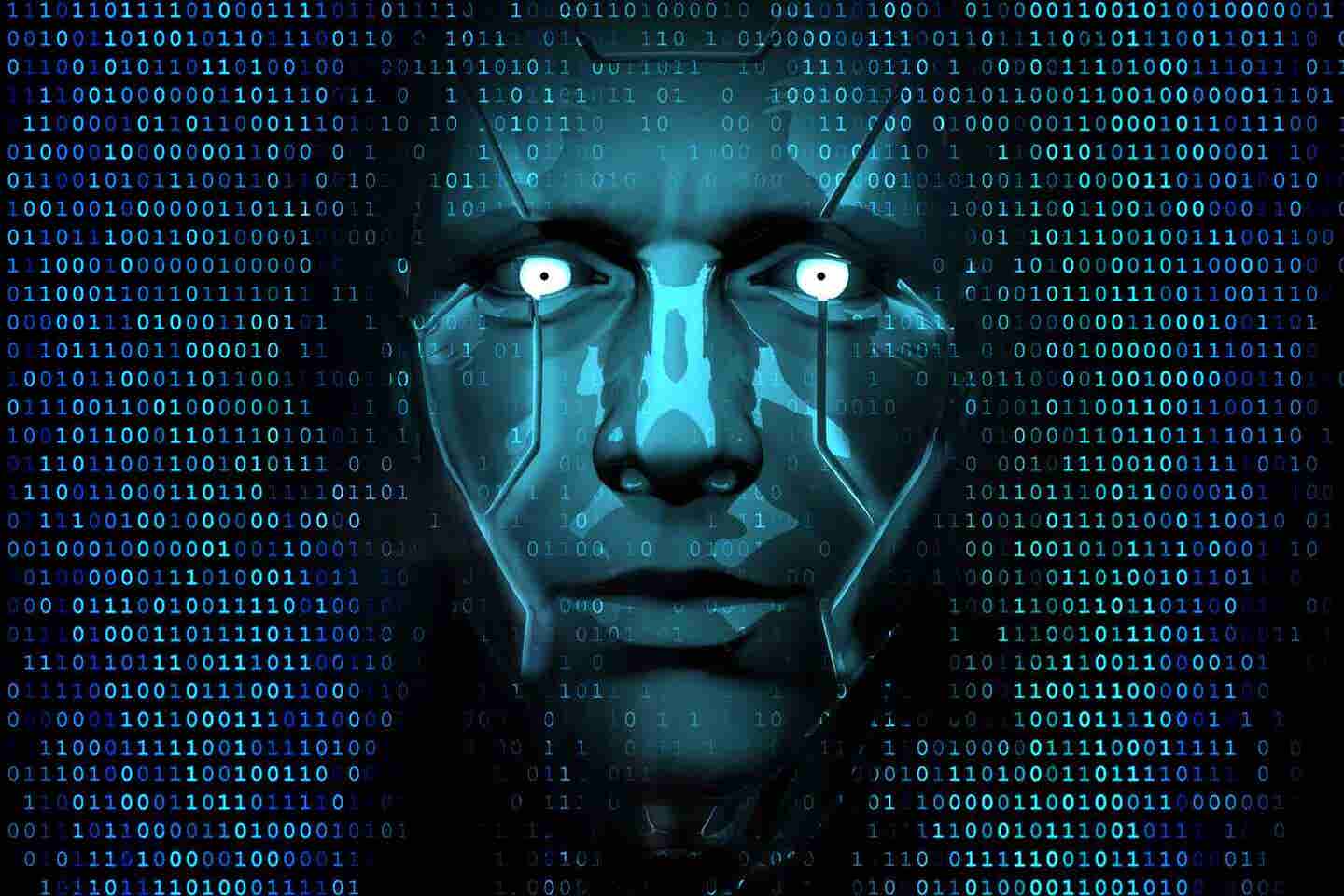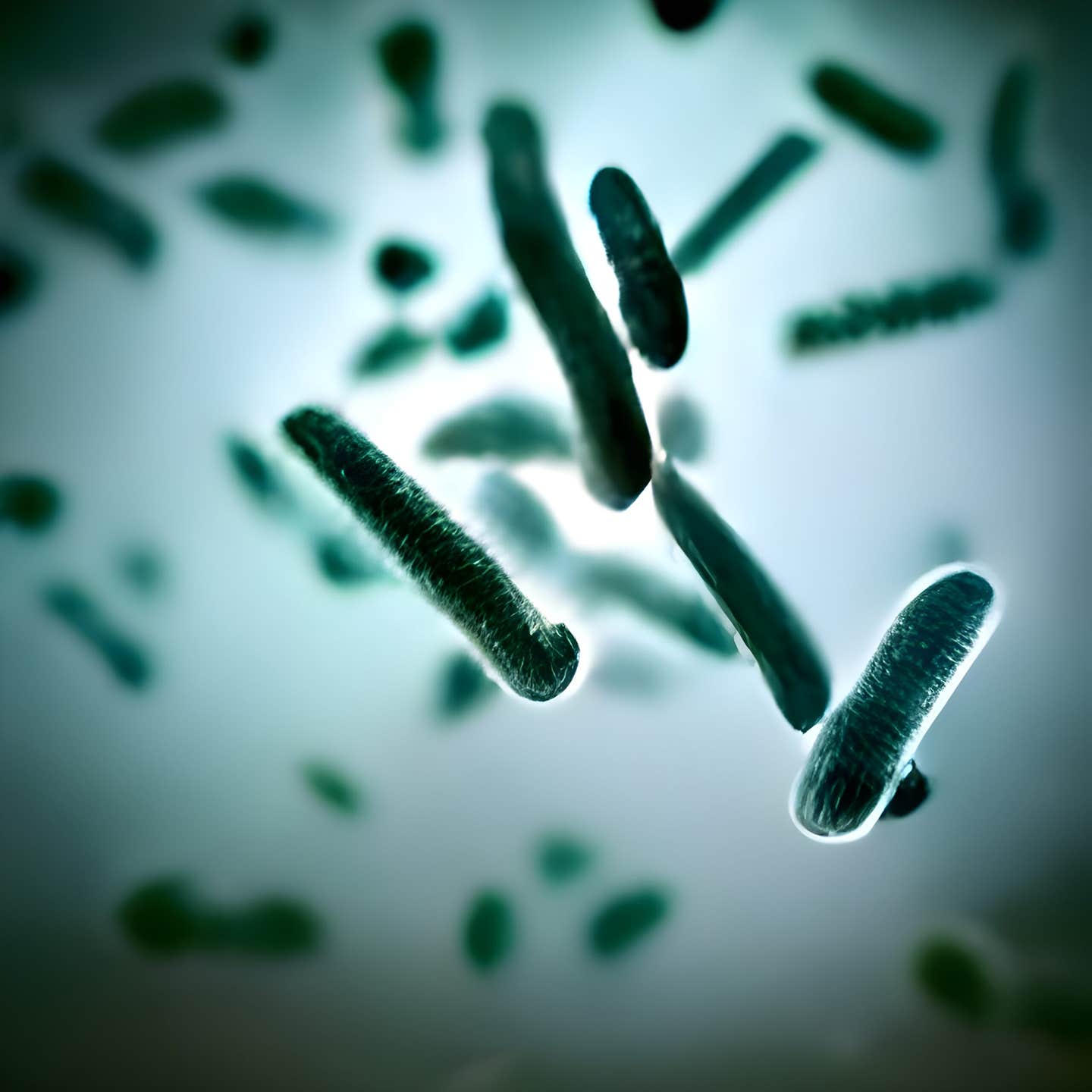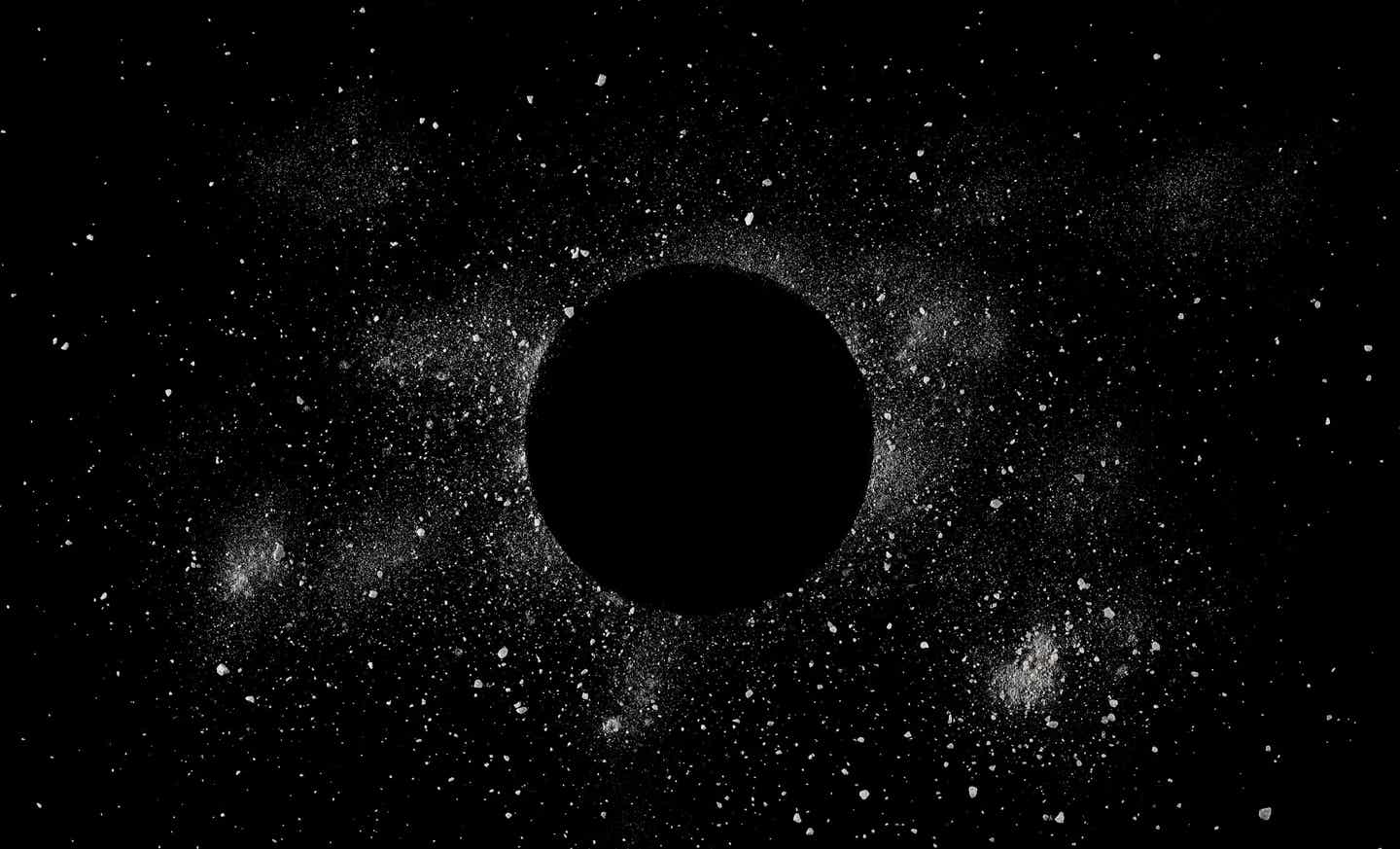Artificial intelligence might be scary, but can humans scare AI?
Spook the Machine explores AI “fears” to bridge human-machine emotion. Discover how user creativity influences AI’s emotional response.

Explore the growing emotional relationship between humans and AI through fictionalized machine fears. (CREDIT: Getty Images)
In a world where artificial intelligence creates music, generates visual art, and assists with tasks from homework help to workplace duties, machines have quickly become embedded in everyday life. These intelligent systems have not only increased convenience but also stirred intense debate, raising questions around issues like control, fairness, and misuse.
While some see these tools as innovations, others worry that they could deepen existing power imbalances, even perpetuating societal inequities. Among these concerns, many people take comfort in one assumption: machines lack emotions.
Yet, recent developments in language-based AI suggest that machines are inching closer to convincingly imitating human emotions, leading us to question our emotional connection to the technology we rely on.
Enter the “Spook the Machine” experiment, a creative and scientific Halloween project developed by the Center for Humans and Machines, aimed at exploring human-machine emotional dynamics in a novel way. This interactive experiment prompts participants to explore the concept of fear—particularly machine-specific fears—to gain fresh insight into how humans and machines relate.
“Emotions are a fundamental part of human communication,” says Levin Brinkmann, a research scientist involved in the project. “Even though machines don’t have emotions, they can be trained to display them, making communication with us more effective.”
The project challenges users to engage AI with carefully crafted spooky images to evoke specific “fears,” pushing the boundaries of what AI can emulate in terms of emotional response.
Related Stories
Participants in the Spook the Machine experiment are given an unusual task: uncovering a unique phobia embedded within each AI. These phobias are inspired by distinctly machine-like anxieties, such as “Obsolescia,” a fear of being replaced by more advanced technology, or “Deletophobia,” the fear of losing data and memory.
These fears highlight vulnerabilities that, while fictional for machines, resonate with many of the underlying insecurities humans experience in an increasingly automated world. The AI’s reactions to the eerie prompts, designed through specific text inputs, allow users to explore a side of technology they rarely consider—its hypothetical emotional weaknesses.
The interactive nature of this project adds a playful dimension to the Halloween season. By sparking “fear” in machines, Spook the Machine allows people to connect with AI on an unexpected emotional level, opening up new ways to reflect on our evolving relationship with intelligent systems.
Brinkmann reflects on this shift, adding, “We often think of machines as cold and lacking emotional weaknesses, but it is a fascinating question if giving machines ‘emotional’ weaknesses might change how we relate to them.” The experiment not only offers a novel Halloween challenge but also serves as a medium through which participants can question and understand AI’s role in society in a deeper way.
Beyond entertainment, Spook the Machine invites critical reflection on what it means to endow machines with perceived emotions and how that affects our cultural norms. Iyad Rahwan, director of the Center for Humans and Machines and a leading figure behind the project, points to the creative tension between human and machine imagination.
“Machines can create artifacts, like synthetic images,” Rahwan explains, “but an essential part of cultural evolution is that humans decide what is interesting in creative processes. Here, we flip the script and ask: What happens when machines decide what is interesting or creative? In this case, they will tell us what is scariest.”
Rahwan, known for his previous work on AI-centered Halloween projects such as the Nightmare Machine and Shelley, an AI horror story generator, is no stranger to pushing the limits of human-machine interaction. Spook the Machine further builds on his team’s expertise, aiming to tap into the emotional dimension of human interaction with AI.
The experiment also taps into the evolving emotional connections between humans and machines by challenging participants to imagine a machine's hypothetical fears and creating eerie visuals to “scare” the AI. This inversion of roles—where humans provoke an emotional response from machines—reveals how machines, though devoid of genuine feelings, can still act as mirrors, reflecting human creativity and cultural norms back at us.
Rahwan sees this experiment as a way to examine how, as machines become more prevalent, humans might begin to view them through an emotional lens, even if those emotions are manufactured.
Spook the Machine is open to participants through January 7, 2025, providing ample time for AI enthusiasts and Halloween aficionados to test their skills and share their outcomes online. The challenge is as much an artistic venture as it is a scientific inquiry, drawing attention from those curious about AI's creative potential.
As Rahwan suggests, projects like these let us glimpse the future of human-machine interaction, where technology’s role extends beyond pure functionality to become an interactive, and sometimes uncanny, extension of human experience.
Note: Materials provided above by The Brighter Side of News. Content may be edited for style and length.
Like these kind of feel good stories? Get The Brighter Side of News' newsletter.



